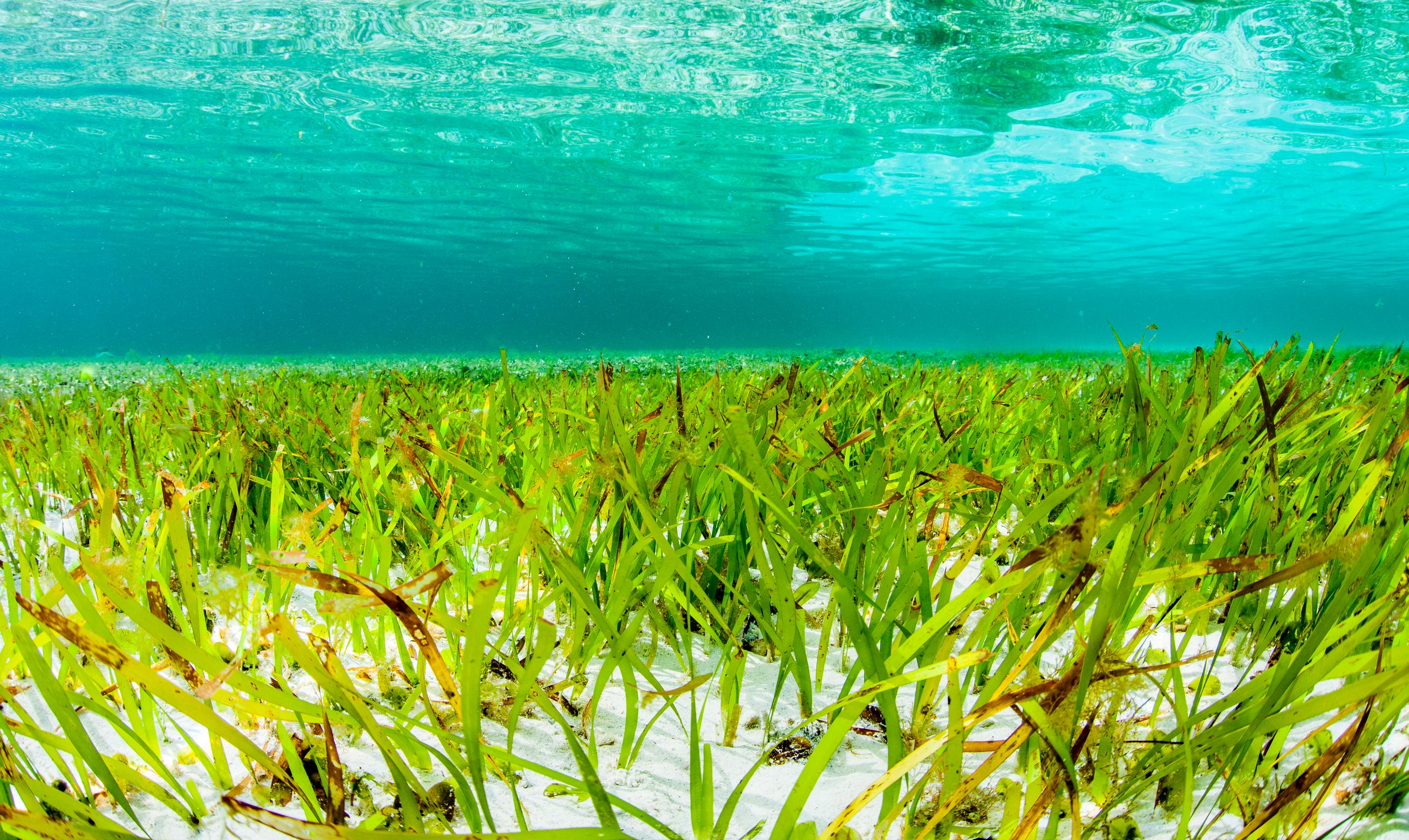International Blue Carbon Institute
Visit our International Blue Carbon Institute page and discover how we're scaling blue carbon action through innovative research, capacity-building and collaboration to maximize climate impact.
13+
YEARS
of blue carbon program development and implementation
17
COUNTRIES
with active projects
5
GOVERNMENTS
supported on the design of blue carbon policy

Knowledge and tool building
Conservation International and our partners are building a robust, scientific basis for effective blue carbon policy, financing and management. We work with global experts to develop and synthesize knowledge for standards and tools needed to realize on-the-ground impact.
In partnership with the government of Singapore and others, Conservation International launched the International Blue Carbon Institute, which focuses on developing global blue carbon knowledge and building the capacity to scale blue carbon projects.
Conservation International coordinates the International Blue Carbon Scientific Working Group, an expert group that is advancing essential science for blue carbon.
